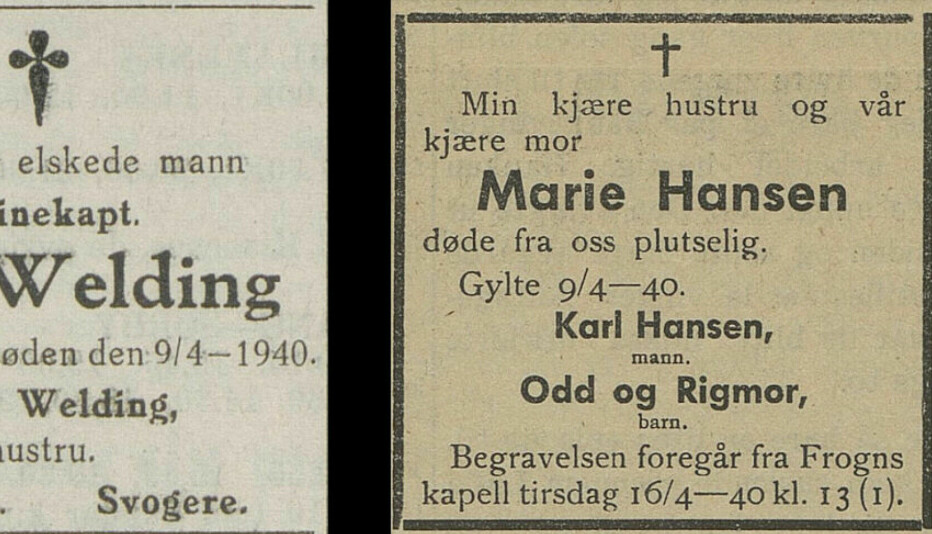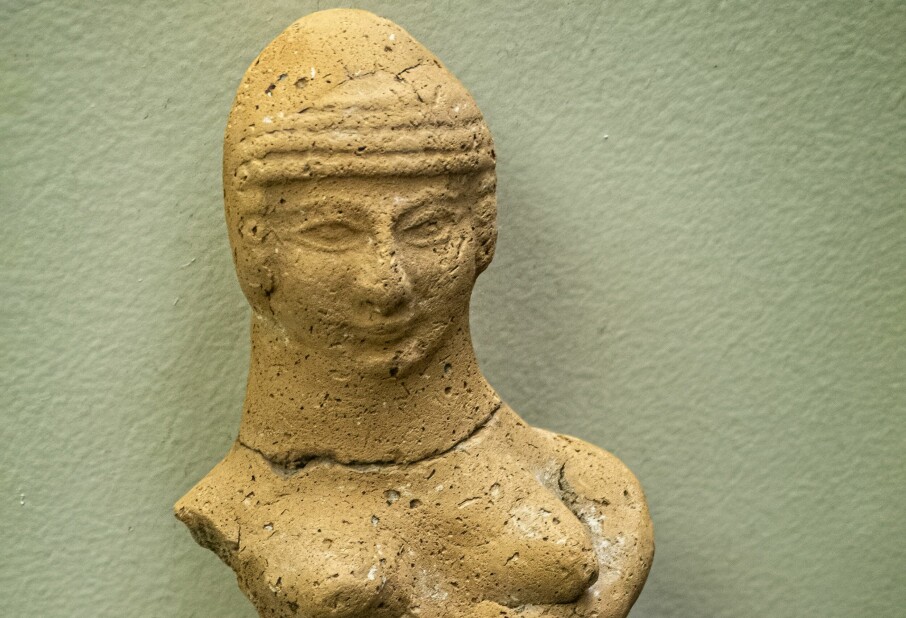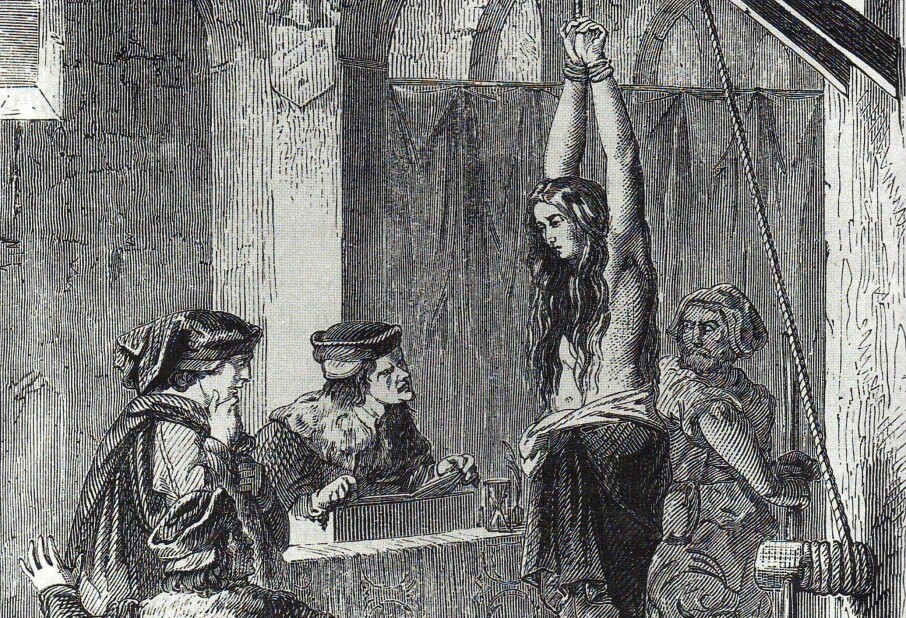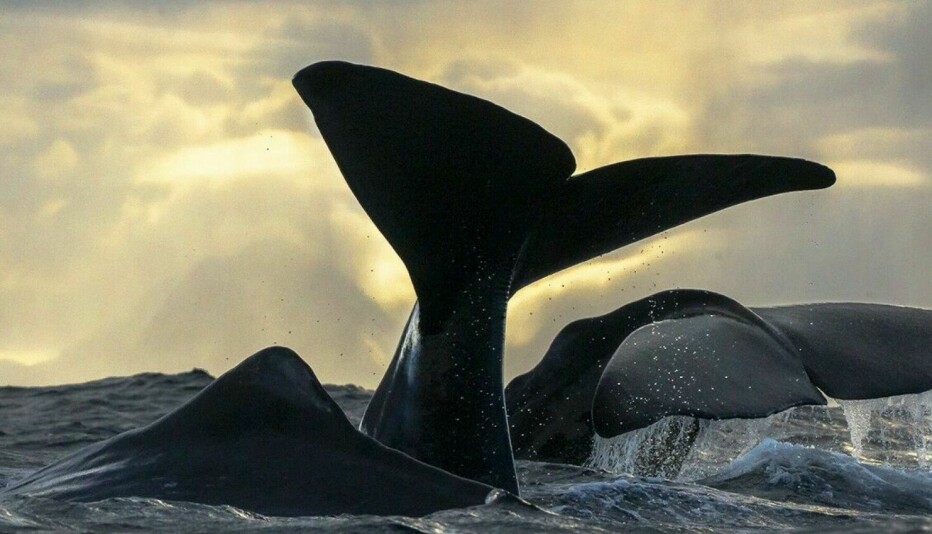THIS CONTENT IS BROUGHT TO YOU BY NTNU Norwegian University of Science and Technology - read more
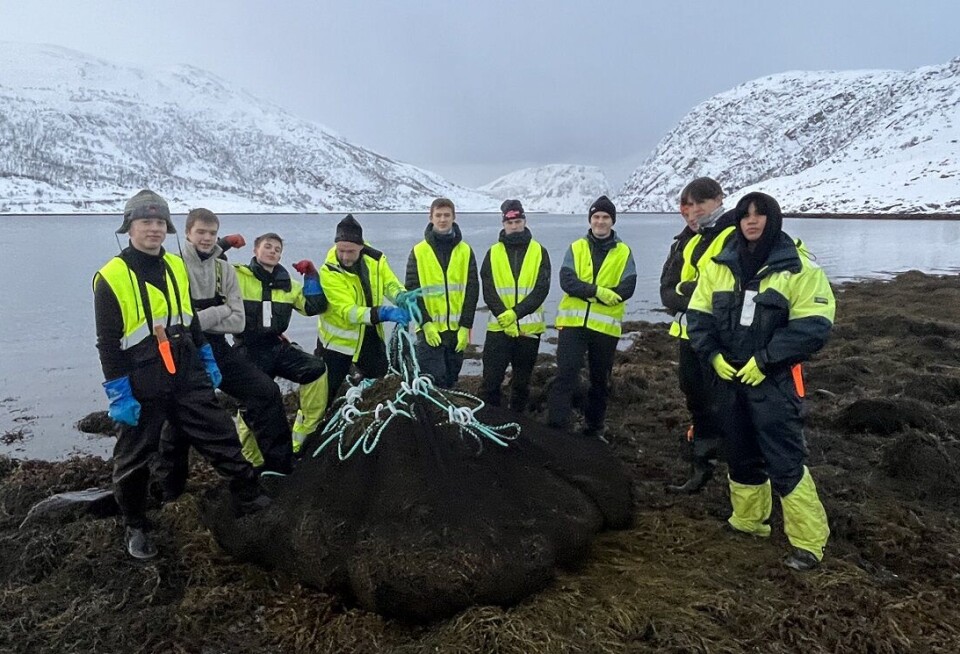
Artificial intelligence makes smarter use of seaweed and kelp
Seaweed and kelp may become an even more important resource in the future. Artificial intelligence can help us avoid overusing this valuable resource.
Seaweed and kelp are eaten by both humans and domestic animals all over the world. Several species are used in everything from cosmetics and food additives to fertilisers and medicines.
However, seaweed and kelp are also part of vulnerable ecosystems that are at risk of over-exploitation. Researchers and industry want to prevent this from happening using artificial intelligence.

“If we harvest seaweed without having a management plan in place, we put these vulnerable ecosystems and the biodiversity they are part of at risk,” says Nadav Bar, a professor at NTNU’s Department of Chemical Engineering.
Bar says society shouldn’t make the same mistake with seaweed and kelp as has been done with fish stocks.
Thorough planning is needed
“Large parts of the world’s fish stocks are either completely depleted or overexploited, and the percentage of fish species that are found in sustainable quantities in the ocean is declining dramatically. For example, cod has almost completely disappeared from Canadian waters,” Bar says.
According to the Intergovernmental Science-Policy Platform on Biodiversity and Ecosystem Services (IPBES), one million of the world’s plant and animal species are at risk of extinction. As much as 66 per cent of the oceans on our planet are affected by human activity.
This is why it is important to properly plan how we should use seaweed and kelp.
European plans using artificial intelligence
Nadav Bar is coordinating a major new EU Horizon Europe project called iCulture, a collaboration involving 17 partners from 10 countries. The goal is to be able to use seaweed and kelp as a sustainably important resource, while also safeguarding biodiversity.
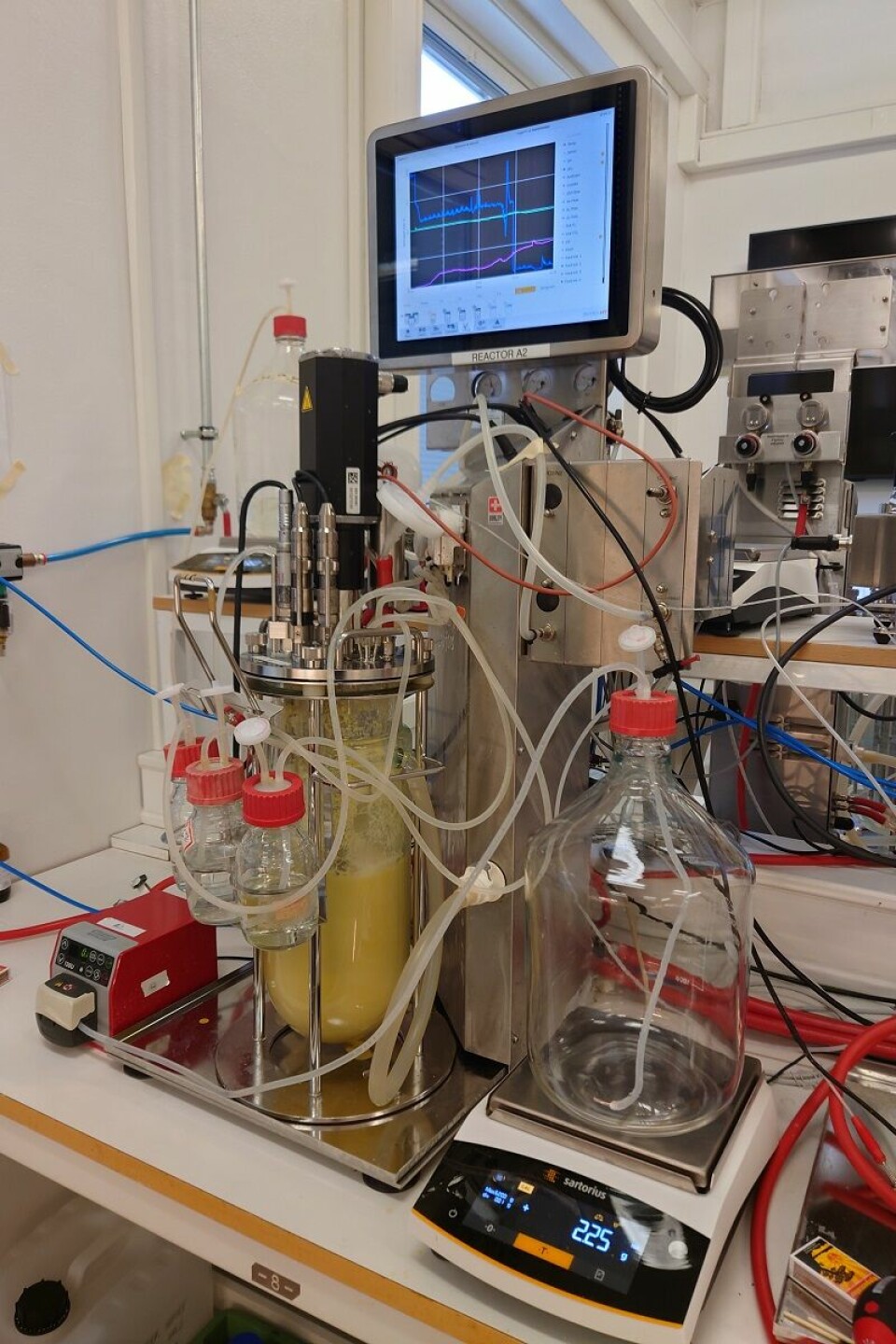
“We will use artificial intelligence to better understand these vulnerable ecosystems to ensure we use resources in a smart way,” Bar says.
Several large companies are already trying to use environmentally friendly methods in their production, but these efforts constitute only a small part of their activities.
Developing artificial intelligence
“We're developing artificial intelligence that investigates the vulnerability of known species of seaweed and kelp. We are also identifying new species that contain chemical substances with great potential for society. If we are successful, they can be harvested commercially,” says Bar.
Both alginate and fertilizer products for the agricultural industry are currently produced from macroalgae. But these products only use certain parts of these marine plants. Currently, over 70 per cent of the plant mass simply goes to waste.
“For this reason, we're also developing an artificial intelligence-based algorithm that directs specially modified bacteria to consume the rest of the raw algae material. As a result, the remaining raw material is converted into valuable products, and there is no residue or waste,” says Bar.
These modified bacteria produce useful, expensive chemical substances such as antimicrobial molecules and antioxidants.
“The new AI-led technology is based on algorithms currently used in popular computer games such as StarCraft and Civilization,” says Professor Bar.
The project involves people from many fields, such as marine biologists, geneticists, artificial intelligence and modelling experts, environmental engineers, process engineers and cyberneticists, social scientists, as well as people from the industry itself.
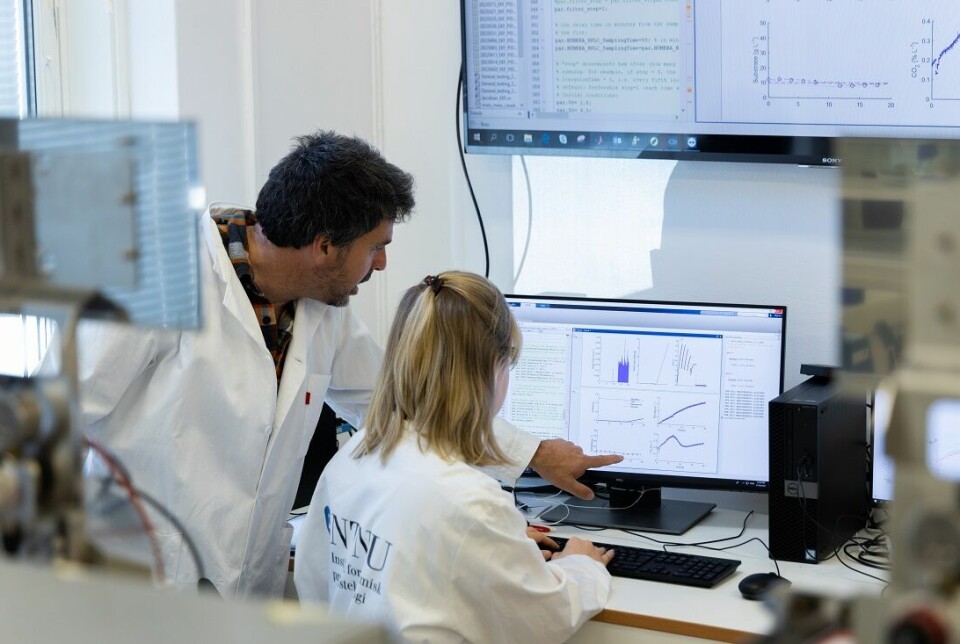
When and where to harvest
Researchers and the industry are studying the effects of harvesting on seaweed and kelp stocks. They are also looking at how climate change affects the stocks and how ecosystems recover after harvesting takes place.
The data can indicate where and when sustainable harvesting should take place.
“Using machine learning algorithms, iCulture analyses over 80 terabytes of data. This provides us with key information, enabling us to combine seaweed and kelp harvesting with protection of the ecosystem. It helps us conduct a less invasive harvest. We demonstrate that it's possible to combine seaweed and kelp harvesting with environmental considerations,” he says.
Responsible harvesting ensures that the resource is not depleted, benefiting both the industry and the ecosystems.
The goal is zero waste
Georg Kopplin is research manager at Alginor ASA and responsible for the processing of raw seaweed and kelp materials in this project.

“Alginor harvests tangle kelp along the Norwegian coast, and our approach has always been total utilisation of kelp and a zero-waste policy," he says.
Kopplin explains that kelp is broken down into its various components, including alginate, fucoidan, and cellulose. These are used in the medical, pharmaceutical, food, and textile industries.
Fermentation is particularly interesting.

“Fermentation helps us use more of the raw material. This increases the total value of the raw material, and we can offer many different products,” he says.
Years of experience result in sustainable harvesting
Many industry actors in Norway base their harvesting of knotted kelp on years of experience.
“The harvesting of tangle kelp and knotted kelp is currently sustainable in Norway, and has been since 1937,” says Caroline Haukeland, founder of Polar Algae.
Located in Hammerfest, Northern Norway, the company harvests algae for use in several different products. The harvest rotates so that the same areas are only harvested every five years.
“It's important for Polar Algae that we harvest our areas according to a scientifically-based management plan,” says Stig Ove Hjelmevoll, research director at Polar Algae.
The company is researching how different harvesting methods affect fauna and flora in the intertidal zone.
“Using artificial intelligence, we can create a dynamic management plan that is based on parameters beyond measuring regenerated biomass, climate change, weather, and so on,” says Hjelmevoll.
“Both the industry of the future and the environmental policies of the future will benefit from iCulture, allowing us to use natural resources while leaving a minimal environmental footprint,” Bar concludes.
———
Read the Norwegian version of this article on forskning.no
More content from NTNU:
-
Climate emissions from air travel is 50 per cent higher than official reports
-
4×4 interval training is popular and controversial
-
The end of witch trials did not stop religious persectuion of Norway's indigenous Sámi people
-
Researchers have found more than 16,000 chemicals in plastic
-
Can life at sea teach us to live in a more meaningful way?
-
Do you have an ear for languages? It may be related to how you perceive the rhythms































